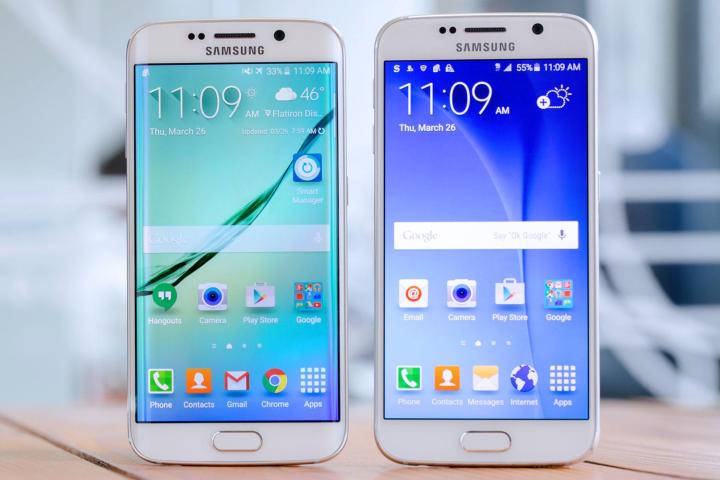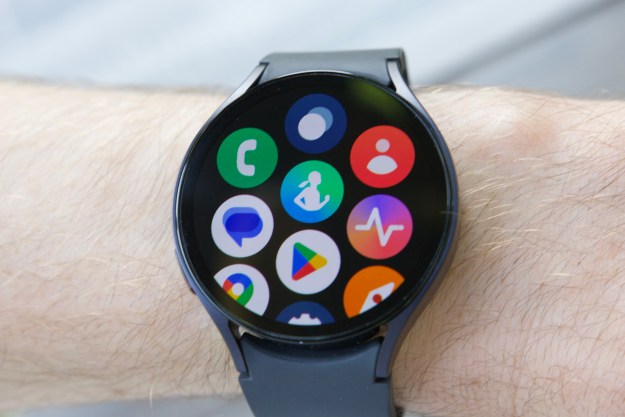
Increased competition from low-cost phone makers in China and India is partly to blame for Samsung’s disappointing financials this quarter, but the company’s misjudgment of demand for its flagship mobile phones was the biggest culprit.
The Wall Street Journal reports that Samsung poorly anticipated the enthusiasm around the Galaxy S6 Edge, expecting the handset’s niche appeal to drive far fewer sales than its flat screen counterpart. It predicted shipments of one S6 Edge for every four S6 phones. In reality, demand was rather even, leading Samsung to produce an abundance of S6 smartphones, “particularly white-colored devices,” the Wall Street Journal reports, and too few S6 Edge handsets.
The company quickly pivoted in response to adjust its manufacturing process, but the fix came too late to have an appreciable impact on Q2 sales. In fact, it’s not even clear the changes to production will benefit Samsung in the longer term — the company’s devices haven’t historically had great longevity, often peaking in the first month of availability.
Samsung’s latest losses may not have impressed investors, who sent its stock tumbling 17 percent since the Galaxy S6 and S6 Edge launched in early April, but it’s not all doom and gloom for the Korea-based company. Samsung’s second-quarter profit was far rosier than the quarter preceding, which saw year-over-year profit nosedive 30 percent.
Additionally, Samsung’s semiconductor business shows impressive signs of growth. With a contract to produce the next iPhone’s chips and a refreshed Note phone due September, a return to growing profitability may very well be in cards.
Editors' Recommendations
- Samsung has a new (and cheaper) way to buy the Galaxy S23
- A surprise phone just beat the Galaxy S24 Ultra in a big way
- Samsung’s newest Android tablet is a perfect iPad alternative
- Have a Samsung Galaxy S23? Don’t update your phone to One UI 6.1
- A new version of the Samsung Galaxy S24 could be coming soon


